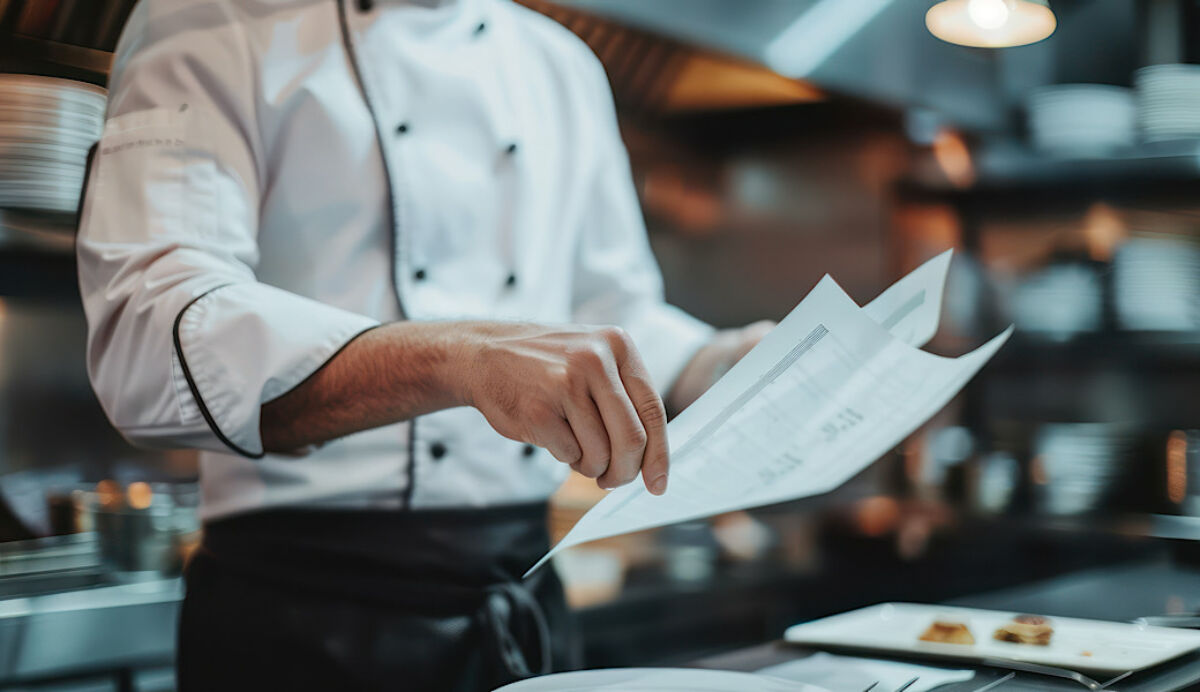For established restaurateurs, increasing profitability often hinges on the strategic use of your restaurant’s menu. A well-optimized menu can influence customer choices, enhance operational efficiency, and ultimately boost profit margins. This article offers data-driven insights and actionable strategies to help refine your menu design and drive sustainable growth.
Understanding Menu Optimization
Menu optimization is the process of strategically structuring your menu to increase profitability while maintaining customer satisfaction. By leveraging analytics, understanding customer preferences, and applying psychological principles, you can create a menu that balances cost control with compelling dining experiences.
Key considerations for menu optimization include:
- Identifying high-margin dishes and promoting them strategically.
- Streamlining offerings to focus on top-performing items.
- Utilizing data analytics to understand sales trends and customer preferences.
Effective menu optimization requires ongoing analysis and adjustments to respond to changing customer behavior and market conditions.
Leverage Data Analytics for Decision-Making
Data is a powerful tool for understanding what works on your menu and what doesn’t. Analyzing point-of-sale (POS) data can provide insights into item popularity, profitability, and performance.
Menu Engineering Matrix: Categorize dishes into four quadrants:
Stars: High-profit, high-popularity items; prioritize and showcase these prominently.
Puzzles: High-profit but low-popularity items; consider promotional strategies to boost sales.
Plow Horses: Low-profit but high-popularity items; adjust pricing or portion sizes to improve margins.
Dogs: Low-profit, low-popularity items; consider removing these from the menu.
Track Seasonal Trends: Monitor how menu item sales fluctuate throughout the year and adapt offerings accordingly.
For example, if a winter menu includes a soup that becomes a top-selling item, consider introducing variations to capitalize on its popularity.
Design Your Menu to Influence Choices
The layout and design of your menu can significantly impact customer decisions. Incorporating psychological principles into your menu design encourages diners to choose higher-margin items.
Placement Matters: Position high-margin items in the top-right corner or highlight them with boxes or icons. Studies show these areas attract the most attention.
Descriptive Language: Use compelling and sensory-rich descriptions to make dishes more appealing.
Limit Choices: Research suggests that too many options can overwhelm customers. A streamlined menu enhances decision-making and improves operational efficiency.
Anchor Pricing: Include a high-priced item at the top of each category to make other options appear more affordable.
Visual elements such as font size, color, and imagery should be consistent with your brand and encourage diners to explore key offerings.
Streamline Your Offerings
A bloated menu can lead to inefficiencies in the kitchen and confuse customers. Streamlining your menu not only simplifies decision-making but also reduces food waste and labor costs.
Conduct a Cost Analysis: Evaluate each dish's ingredient costs and preparation time to identify inefficiencies.
Focus on Core Competencies: Center your menu around items that showcase your restaurant’s strengths and resonate with your target audience.
Introduce Limited-Time Offers (LTOs): Use LTOs to test new items without permanently adding them to the menu.
Streamlining does not mean sacrificing variety—it’s about ensuring every item on the menu serves a purpose and contributes to profitability.
Harness Technology to Enhance Menu Performance
Digital tools and technologies can provide valuable insights and improve the customer experience.
Digital Menus: Interactive digital menus allow for quick updates, such as seasonal changes or price adjustments, and can highlight special offers.
Data-Driven Tools: Leverage software that integrates with your POS system to analyze item performance and customer preferences.
Online Ordering Integration: Optimize online and delivery menus by featuring best-sellers and high-margin items prominently.
Technology not only enhances efficiency but also provides flexibility to respond to market trends and customer feedback.
Adjust Pricing Strategically
Pricing plays a crucial role in menu optimization. Small adjustments in pricing can have a significant impact on profit margins.
Use Psychological Pricing: Price items just below whole numbers (e.g., $9.99 instead of $10) to make them appear more affordable.
Bundle Deals: Combine high-margin items with complementary dishes to create value-driven combos.
Monitor Competitors: Stay informed about competitor pricing and ensure your pricing aligns with market expectations.
Regularly review ingredient costs and adjust prices accordingly to maintain profitability without compromising customer perception.
Promote High-Margin Items
Encouraging customers to choose high-margin items can be achieved through effective promotion strategies.
Highlight Specials: Use menu inserts or digital screens to draw attention to profitable specials.
Train Your Staff: Educate servers about high-margin items so they can confidently recommend them to diners.
Leverage Social Media: Feature high-margin dishes in posts and stories to entice customers to try them.
Promoting high-margin items should be a balanced effort to avoid appearing overly sales-driven while maintaining a customer-centric approach.
Embrace Sustainability
Sustainability is an increasingly important factor for diners, and it can also contribute to cost savings.
Source Locally: Use locally sourced ingredients to reduce transportation costs and support the local economy.
Reduce Waste: Optimize portion sizes and repurpose ingredients creatively to minimize waste.
Highlight Sustainable Practices: Showcase eco-friendly initiatives on your menu to attract environmentally conscious diners.
Sustainability not only enhances your brand image but also supports long-term profitability through cost-efficient practices.
Key Takeaways for Boosting Profitability Through Menu Optimization
- Regularly analyze your menu using data-driven insights to identify areas for improvement.
- Use strategic design techniques to guide customer choices and enhance the dining experience.
- Streamline offerings to focus on high-margin and top-performing dishes.
- Embrace technology and sustainability to stay competitive and meet customer expectations.
By adopting these strategies, restaurateurs can transform their menu into a powerful tool for driving profitability and delivering value to customers.
The Gilkey Restaurant Consulting Group specializes in menu optimization, offering tailored solutions to help restaurants enhance their profitability. Contact us today to learn how we can elevate your menu strategy and maximize your success.
